ANNUAL REPORT
WeliveSustainability
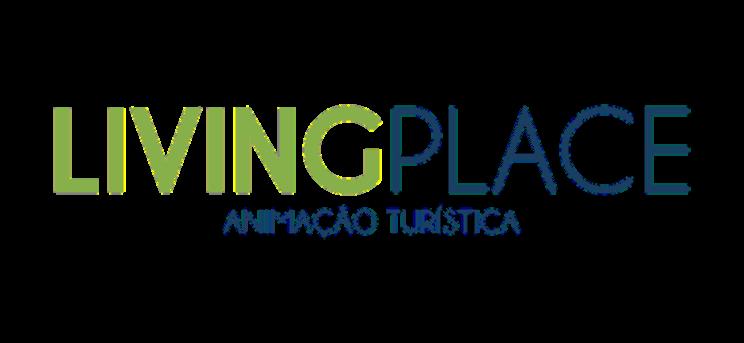
We have a clear orientation towards sustainability, not only in terms of our positioning and orientation, but also in terms of effective good practices and our efforts in terms of sustainability



We have a clear orientation towards sustainability, not only in terms of our positioning and orientation, but also in terms of effective good practices and our efforts in terms of sustainability


Sustainability is an important part of corporate social responsibility. It is a way for companies to ensure that they are adopting environmentally conscious and responsible practices, as well as fulfilling their commitments to workers, customers and the community, in addition to contributing to the country's economic growth.
In this report, we present the sustainability practices that our company has adopted over the last few years. Based on this data, we will be able to assess whether these practices have been effective and whether we are meeting the sustainability goals we have defined.
Our company has adopted several sustainability policies to ensure that we are aligned with key corporate social responsibility guidelines that include the 17 Sustainable Development Goals.


We establish alliances based on joint actions to obtain better results. With entities with common purposes, we join forces to gain impact and facilitate the achievement of our goals. It is very important for us to go to events and be socially active in order to get to know each other and create connections and partnerships.

We contribute to social objectives, ranging from one-off donations to specific social programs. The importance of our company's ability to influence the development dynamics of business activity is increasingly recognized.
Actions for social purposes are proposed to the different agents involved in the company (suppliers, customers, owners, employees, etc.) in order to encourage their participation or collaboration in the project.
Participation in social projects. The main reasons for participating in social projects are: involving and raising awareness among company employees; position itself as an ethical, responsible and sustainable organization; incorporate collaboration with social projects into internal policy as part of the company's corporate culture.

Local development is promoted through the supply of products with designation of origin. This action generated jobs, support for local communities and allows it to compete at an international level. In addition, the designation indicates the origin of the product, the quality review and is a way of protecting industrial property.
Good food practice initiatives are promoted to avoid waste, becoming an ethical, social, economic and environmental priority among the SDGs and the Circular Economy package of the European Union.
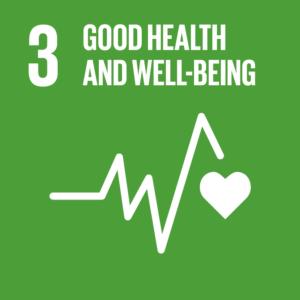
Local development is promoted through the supply of products with designation of origin. This action generated jobs, support for local communities and allows it to compete at an international level. In addition, the designation indicates the origin of the product, the quality review and is a way of protecting industrial property.
An emergency protocol is in place to plan actions and respond to possible emergency situations that may present significant risks, damage to facilities and/or injuries to people, such as fires or earthquakes, among others. This protocol establishes measures and plans of action and emergency evacuation to know how employees, customers and people with disabilities or special needs should proceed. We also communicate responsibilities, phone numbers and emergency contacts.
We raise awareness and communicate ways to develop healthier habits and lifestyles, promoting and sharing ideas for activities and behaviors that bring health benefits.
Measures are proposed to increase sustainable mobility and reduce polluting gas emissions in transporting customers and employees to and from the company's facilities.
Bicycle racks and non-motorized vehicle parking are installed to facilitate and encourage the use of environmentally friendly vehicles for commuting by employees and customers.
Activities are held or spaces are made available on the premises for customers to exercise and/or information is shared about local sporting events and activity centers so that customers are aware of them and, if they are interested in participating, information on necessary contact.
Any changes implemented to help control the spread of COVID-19 are communicated to employees, customers, visitors and employees. Ensuring that customers have the information and skills necessary to comply with such changes.
Cleaning and disinfection protocols are in place for: items and materials in common use, surfaces, frequently used equipment, furniture, washbasins, floors, telephones and any other tangible assets located on our premises.

We motivate and encourage ourselves through seminars, courses, lectures and all kinds of training sessions, in order to keep our employees updated with the new trends that globalization demands and to improve their performance. As expected results: new approaches, innovative techniques, and modern concepts and aspects that will influence the way our employees work.
A study of the training needs of the staff is carried out to carry out courses and workshops that adapt to these needs, from content on sustainability, culture, safety at work, languages, responsible and sustainable tourism or other topics in which workers may be interested , as required by the current and changing market.
Synergies are created with educational institutions, achieving a balance between the skills required by the company in its employees and those provided by the training centres. Collaboration agreements are signed between the training centers and the company, constituting the legal framework that regulates training actions and internships, among other activities.
A sustainable culture model is designed to involve all stakeholders in order to generate a positive impact on the environment and achieve a high level of sustainable competitiveness. Sustainability focuses on satisfying relationships with the stakeholders with whom we are related, among others (employees, customers, suppliers and the community), to generate a positive impact in our region in the economic, social and environmental domains.
A sustainable culture model is designed to involve all stakeholders in order to generate a positive impact on the environment and achieve a high level of sustainable competitiveness. Sustainability focuses on satisfying relationships with the stakeholders with whom we are related, among others (employees, customers, suppliers and the community), to generate a positive impact in our region in the economic, social and environmental domains.
We participate in sustainable events, events that have been planned and organized in a special way to minimize possible negative environmental, economic and cultural impacts.
We organize or participate in workshops, social events and short but intensive educational programs for limited groups of people centered on techniques and skills in sustainable development. Workshops and events are solid tools to bring together all those interested in developing coherent, innovative and sustainable strategies, while improving their knowledge.
Internal projects are carried out to advance our sustainability positions. By sufficiently educating our staff regarding the company's internal sustainability, we can work towards a common sustainability goal and at the same time improve their knowledge.
We participate in educational projects on sustainable development to enable students of all ages and in all educational environments to transform themselves and the society in which they live.

We work to identify possible sources of pollution, to reduce water pollution, studying where the pollution comes from, and whether as a result of our activity there is waste that is thrown directly into the water or that arrives by other means, such as toilets. , or pollutants that are not seen but are present in the water, such as chemical pesticides.
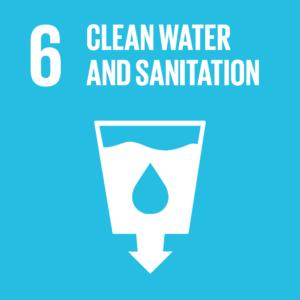
The implementation of green projects should mark the beginning of a sustainable approach, improving the potential behavior of employees and customers, this change in attitude should stimulate a process that requires intensive use.
The implementation of green projects should mark the beginning of a sustainable approach, improving the potential behavior of employees and customers, this change in attitude should stimulate a process that requires intensive use.
Water treatment conservation workshops as well as wastewater disposal systems are implemented, helping to maintain ecosystems and reduce water pollution.
We have established the guidelines to be considered adequate for a sustainable culture and responsible waste management (separation, storage, transport, deposit, delivery, disposal), avoiding the generation of waste, but also recycling or internal reuse of the same, within the company itself.
There are methods or mechanisms to utilize rainwater. It is normally collected through gutters or drains into a tank and then redistributed independently to potable water. Possible uses: irrigation, washing machines, cisterns, floor washing.
The water fountains are installed at a specific workplace, ensuring that the company's employees and customers have access to potable water in their daily activities. If they feel appreciated, it will increase their motivation and therefore contribute to a better functioning of the company. In addition, we encourage the use of ecofriendly, reusable cups, not single-use plastic cups, for drinking water.

We are committed to the installation of green energy sources: solar, water, wind, or even blue energy sources: osmotic energy, algae as biofuel, and kinetic energy.
We give training courses to our employees on energy saving for their good practices within the company. If they are mandatory, they must be carried out during working hours, not before or after. Some of the good practices to save energy in the company can be turning off the lights when they are not being used, turning off as many devices as possible at night, watering during the night, using energy-saving light bulbs, not abusing the air conditioning, etc.
Energy saving is promoted through posters that will be placed on switches, bathrooms, corridors and areas with a high influx of people to raise awareness of any customer or employee who reads the poster.
Access to appropriate training and education is provided to employees, thereby helping to improve performance, productivity, competitiveness and skill sets, address deficiencies, encourage promotion and professional growth, and improve employee morale . This is done through training courses that are free of charge, within working hours, and that respond to the needs of employees.
Hiring quality local staff is encouraged. This reduces local unemployment and poverty. Second, local people provide knowledge of local culture and business practices, fluency in the language, cost savings and have great potential for workforce diversification.

We help develop an infrastructure that supports local entrepreneurs. Some ideas for boosting local entrepreneurship would be to nurture existing new businesses, fund new ideas and innovations, use your community as a platform for productivity, and support culturally and economically diverse businesses. Especially in economies that are stagnating or in decline, local entrepreneurship offers great potential as an economic development strategy.
Technological and innovative solutions are incorporated during the development of Living Place's economic activity, in order to allow customers to enjoy a better experience and contribute to sustainability. We analyze existing ideas in other industries and adapt them to ours, we look for reference companies, we carry out brainstorming actions with the work team.
Innovation workshops are organized and planned, with the aim of finding concrete innovation ideas and developing initial concepts. The workshops should be based on the 3Cs of an innovation culture: Collaborate, Communicate and Create. Knowledge and application of sustainable and highperformance innovation are enhanced to remain competitive in a rapidly changing environment.
Specific work processes are defined in order to ensure a strong brand and its competitiveness. Decision making must be well thought out and support solid work processes. Innovation is a great instrument to distinguish the brand from the competition and therefore the generation and implementation of ideas must be an integral part of the decision-making process.
Infrastructures are built with sustainable architecture materials for facades, roofs, decks, windows, or gardens. These eco-friendly materials also allow for less use of air conditioning or heating, or are thermally coated.
Improving the quality of life of citizens through the support of ideas that contribute to socio-economic development, which contributes to generating good social, political, environmental and cultural conditions, while generating benefits for the community.

Videoconferencing is used to improve travel savings, as its potential increases the productivity of companies and the improved relationship with customers and suppliers means that this type of software has a lot of room to grow.
The use of technology is implemented in the business environment, with the aim of improving communications, since customers always value monitoring their projects or professional relationships between the customer and the organization.
We install technology in Customer Service through software that improves the company-customer relationship and allows us to work on commercial marketing strategies, having more contact with the customer in a much faster way.
The digitization and document management processes are reinforced, minimizing costs and avoiding environmental impacts, making use of sustainable technologies. Not only is less paper used, but the available paper is used to the maximum. A digital marketing strategy is developed, which improves the efficiency of processes, being able to innovate. As a benefit, savings are obtained in the IT infrastructure, making the company efficient and competitive.
Inclusive environments that seek to offer the same experience to all must have the following characteristics: be welcoming to all people and their needs; be intuitive to use and flexible in their approach; offer a multi-design solution to take into account everyone's needs. A possible means for this purpose is the construction of an open space (online or face-to-face) for employees to exchange opinions.

Promotion is carried out through different dissemination channels for small and medium-sized local companies. This mutual support can be very powerful. By promoting them within the same geographic area, it improves the local economy and minimizes economic leakage through imported goods conversion and trade.
The local culture of the territory in which the activity is carried out is respected and its preservation is ensured; to this end, customers and employees are informed about everything related to the local culture. This is done through physical and virtual brochures, dissemination through social networks, posters printed on the premises, etc.
There is a commitment to promote campaigns to promote respect and conservation of the territory's tangible and intangible cultural heritage, in order to successfully develop the company's activities.

A public commitment is assumed with local initiatives for the conservation of the area's cultural heritage, either financially or through the organization or promotion of events related to the cultural heritage.
Awareness messages can be found in Living Place's information material or on our premises, so that customers know how to act while respecting the local culture and customs of the area. This can be done through websites, brochures or flyers, QR codes, social media, etc.
Information and interpretation material on the natural and cultural heritage of the local area is made available to customers. The team is informed and trained on the natural and cultural heritage of the areas visited.

Living Place limits the use of single-use plastic materials as much as possible: single-use plastic cutlery (spoons, forks, knives and chopsticks), single-use plastic plates, straws, cotton swabs made of plastic, plastic straws for hold balloons, oxo-degradable plastics and food containers and polystyrene cups.
Different suppliers are chosen taking into account sustainability criteria. To this end, we choose suppliers that guarantee a short supply chain, without intermediaries, companies whose mission guarantees the protection of human rights and the environment, close suppliers that reduce the carbon presence derived from the transport of goods and that at the same time allow us to activate the local economy, suppliers that offer products with ecological or sustainable and fair trade certificates, or suppliers that have demonstrable company environmental certifications, etc.
Partnerships are developed with collaborators who carry out sustainable actions to carry out joint and shared projects, taking advantage of the experience and resources of the different parties. The work on the SDGs and the possibilities for carrying out joint actions involve the entire network and the activity developed by each one of them can be used to work on the sustainable objectives of both parties.
The company's actions and values are communicated, as well as the interaction with the consumer on social networks. Facebook, Instagram, LinkedIn, Twitter and countless other networks allow companies to provide small doses of information about their products/services and their internal work.
Company data on its commitment and efforts to reduce CO2 emissions and climate action is released periodically. Thus, in addition to measuring and offsetting Carbon Emissions, the image and positioning of Living Place's products and services as sustainable is improved.
Living Place participates in programs to combat climate change and is committed to establishing measures that have an impact on reducing CO2 emissions. Therefore, we communicate and make public our efforts and quantitative measurements of CO2, showing the methodology and results of said reduction actions.

The employee is guaranteed adequate infrastructure and is informed about routes to encourage access to mobility systems for the location of the organization. These actions are aligned to reduce energy consumption, pollution, in addition to helping to improve the health of workers.
We encourage employees to share transport, promoting safe mobility systems, can reduce the number of road deaths.
Cleaner and more efficient transport options are used to carry out excursion programs. Information on alternative (environmentally friendly) transport options, where available, is provided and disseminated. These alternative transport options (eg bicycle hire, rides, pick-ups) are made available and promoted to visitors and staff. Markets accessed by shorter and more sustainable transport options are favoured, as are local suppliers.
Rainwater collection tanks were installed, which consist of filtering rainwater collected on a given surface, usually on the roof or on the roof, for later storage there. For example, rain gutters are installed to collect rainwater, or roof drains are installed.
Vegetation is incorporated into or around the entity to reduce the impacts of heat on the territory and reduce the heat island effect, since air quality improves as plants absorb carbon dioxide and produce cooler air. For example, green car parks are implemented, heat reduction policies and rules are defined, or green roofs and vegetation cover are installed.

The entity's environmental impact on the seas and oceans is communicated and assessed using indicators based on reliable and verifiable information.
Regulations are put in place to reduce overfishing, marine pollution and ocean acidification because marine areas and oceans must be protected and managed effectively.
Agreements are established with cleaning companies that use ecological or more environmentally friendly products.
During the activity, customers are offered elements that contribute to the reduction of pollution, such as disposable cups, stainless steel straws, portable ashtrays or reusable bottles.
We carry out environmental education workshops and/or participate in external educational projects aimed at publicizing ecosystems, promoting their care, conservation and recovery, workshops with the help of institutions with experience in environmental education, researchers and conservationists, which would allow exchanging experiences and discussing the objectives and basic guidelines that an environmental education project should have within the scope of a conservation project.
We provide all the information through brochures, social networks, training workshops or other alternatives on the effects and control of environmental pollution in the search for a better quality of life for aquatic ecosystems and the reduction of pollution to the lowest possible level.
We try to maximize facilities to include green areas in and around the entity, ensuring that if we include plants that are not typical of the area, these are not harmful to the surrounding environment. These green areas are properly cared for, thus helping to reduce CO2 on the planet.
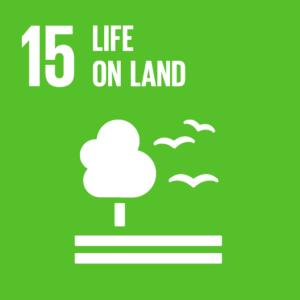
A powerful environmental education strategy is established, through tourist activities that allow participants to get in touch with nature and enjoy it. When we conserve green spaces, we are preserving and maintaining a huge genetic collection to be explored over time. And this genetic heritage is valuable both in terms of species protection and biomedicine, helping to preserve highly threatened species, favoring connectivity.
We support organizations that promote conservation, pollution reduction, the establishment of protected areas or biodiversity conservation, expand the scope and effectiveness of activities related to the management, conservation and sustainable development of forests, and ensure the use and sustainable production of forest goods and services. For example, through workshops on conservation or reforestation techniques, or setting up laboratories to study these same topics.
We convert organic matter into compost, the composting process is developed, it is used as an organic fertilizer for agriculture and gardening and the use of other fertilizers is avoided, the treatment of organic waste in recycling facilities avoids gas emission problems. A technical guide for the use of this type of waste is prepared.
We create synergies in favor of campaigns related to habitat degradation, and it is vital to continue to develop actions to stop land degradation. Every year, 75 billion tons of fertile soil are lost due to land degradation. Likewise, 12 million hectares of land are lost annually just because of desertification and drought.
We train employees on animal and plant species, as well as on the introduction of new species, with updated content, for the correct management of the entity's environment.
We provide information to customers about the natural resources they will find to mitigate their impact on the environment and nearby communities, ensuring the protection and conservation of local ecosystems. For example, through training and awareness, it talks about the environment and the type of conservation of each ecosystem. Information is organized, promoted or disseminated on activities in nature, directly related to sustainable development, and referring to natural habitats and their biodiversity, where natural parks, protected reserves, ecotourism, rural environment, agrotourism and the involvement of the population belonging to the specific area of development of the activity are of great relevance.
We involve government institutions, academies, associations and NGOs for the sustainable management of forests and the conservation of biodiversity.
We organize workshops to raise awareness and disseminate information about exotic and invasive species in the territory, ideally by authorized and qualified personnel so that our employees are properly trained. Information is also compiled on the current legal framework and measures in place to deal with alien or invasive species.
We carry out activities where learning is developed through nature, families and clients contribute in a very important way in the education of values such as solidarity, equality or respect for generations to encourage empathy with nature.
Composting units are installed so that waste and waste can be used in a timely and appropriate manner, which becomes an axis of social participation. A practical guide for composting is also developed. Compost is an organic fertilizer (neither mineral nor chemical) obtained from the decomposition of organic matter with oxygen, by the action of microorganisms such as bacteria and fungi.
We develop projects or participate in initiatives for the incorporation and enhancement of green spaces in the vicinity of our entity (<1km), with the aim of sustainable management and rational use of existing resources in these spaces.
A green space can be defined as areas of open space set aside for parks and other "green spaces", including plants, water features, also called blue spaces and other types of natural environments. A peri-urban space can be defined as an area of ecological, scenic or cultural interest located on the periphery or close to urban agglomerations.
The participation and commitment of employees and customers to sustainability is encouraged, as it is essential to seek ways to channel interests through conservation and change management as a fundamental strategy for the development and growth of the company. Employees and customers are encouraged, through voluntary tasks and demonstrating with facts, the commitment to respect the environment and improve social conditions.

We have developed a corporate manual as a tool for managing the guidelines for presenting the company's legal framework within a country or geographic space, as a means of ensuring respect and the company's identity. This manual allows us to synthesize criteria for the development of documents.
Activities on foot or by bicycle in the main places of the territory contribute to the reduction of greenhouse gases, improve air quality and bring great benefits to health; that is why the development of these activities is promoted, to contribute both to the environment and to the customer.
We provide information on places of cultural and architectural interest, as well as on their correct use and enjoyment, so that the client knows and helps to protect the heritage. Information is provided on places of cultural and architectural interest, as well as on their correct use and fruition, so that the customer knows and helps to protect the heritage.
The periodic review of information of interest related to the service is organized and planned, according to the different means and channels.
Translation of the Sustainability Plan in the most used languages to facilitate its understanding; and we have the right staff for each of your languages.
We have developed a best practices guide that is available to all interested parties and is public, accessible in the language most used by customers. This guide contains a set of good written practices that include points related to savings in water consumption, energy savings and efficiency, responsibility guidelines regarding the use of paper, minimizing waste generation and avoiding excessive and inappropriate consumption, in order to be able to establish a minimum noise environment, a directory of services and instructions on the room and/or accommodation equipment, have adequate ventilation elements and with the relevant measures to not exceed the established limit values, as well as a training plan for employees.
We establish agreements with entities, NGOs, associations and other groups that want or are aligned with sustainability.
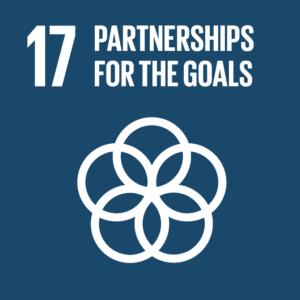
We exchange knowledge for science, technology and innovation, and promote sustainable technologies in developing countries through mutually beneficial trade agreements.
We participate in sustainability committees at different levels (local, national or international), and we take an active part in them by participating in round tables, presentations, etc.
We propose the creation of a citizen and business participation committee which, together with political representatives, proposes, implements and monitors projects of a sustainable nature.
There is a digital space where sustainable experiences are shared. Customers are increasingly focused on the information provided online, which is why the best way to disseminate sustainable experiences is through digital platforms.
We are part of business associations, innovation intermediaries, with the function of supporting member companies in their reinvention processes, through collective actions with agreed strategic visions that facilitate the pooling of resources to achieve common goals.
We share sustainable experiences by participating in activities related to sustainability reporting, to promote companies' transparency and communication with their stakeholders, and practices in their supply chain, based on a sustainability progress report, the company's contributions and sustainability implications.
Schools and colleges are provided with the necessary resources to deliver lectures on various topics related to sustainability in their companies. In this way, we can raise awareness and educate students for a more sustainable future.
Existence of an internship agreement for people who have not yet completed their training and integrate work experience into their ongoing training. This is an agreement between the University, the company and the intern that will be materialized in an Educational Cooperation Agreement. Promoting university internships in your company is to create new professionals and be more competitive in the current market.

Our objective is to reduce the impact on the Environment and Climate Change caused by our actions. To this end, we carry out the following initiatives:
• We use solar panels to reduce dependence on energy from non-renewable sources.
• We set goals to reduce water consumption and increase resource efficiency.
• We develop programs to raise environmental awareness among employees and customers.
• We are developing products with recycled materials in our private space called ECO Quinta Villa Maria, for use in our activities.
As a result, we were able to reduce energy consumption, water consumption, and increase the amount of recycled materials used in our products.

The actions of a sustainable entity must offer solutions to the water crisis and lack of resources. These are the different contributions offeredbyLivingPlace:


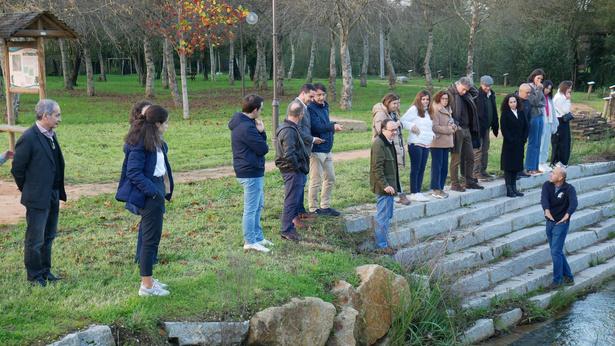
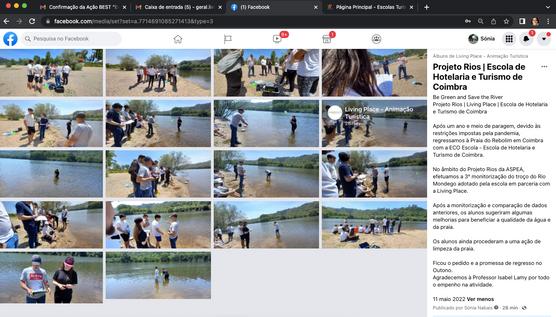
The sustainability of the resource capture, supply, sanitation and treatment processes is guaranteedasfollows:
We apply measures to reuse water in our facilities.
We adopt measures to avoid contamination of thewaterswithouractivity. Wecareaboutthequalityandcleanlinessofour watersystems.
We carry out campaigns to inform and raise awareness about cleanliness and the responsibleuseofwater.

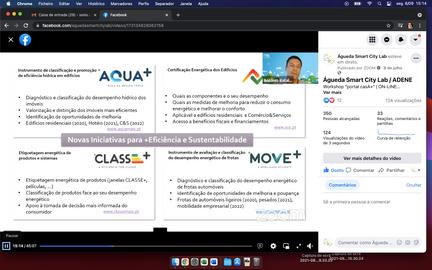


We contribute to guarantee and promote universal access to clean, smart and modern energyservices:

We give priority to the use of green and more renewableenergysources.
We carry out awareness campaigns on energy use.


Every year, 931 million meals are wasted in the world. We show here the efforts we are making tofightthisproblem.
We implement sustainable consumption and productionstandards,forexample: We collaborate with other entities to promote sustainabilityintheterritory.
We give priority to the purchase and consumption of local and sustainable products andservices.
We control, monitor and report on the managementofourwasteandimpacts.
We adopt measures to minimize the waste generatedinouractivities.
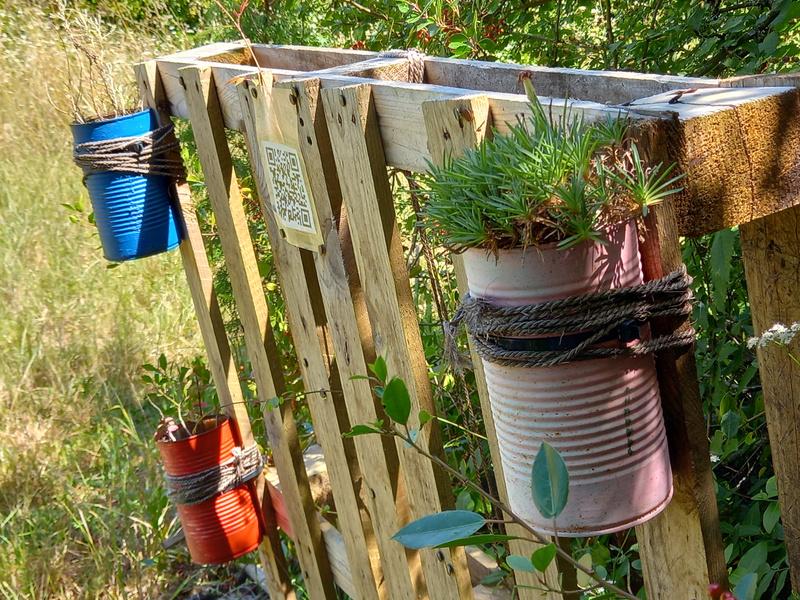

We apply responsible production and consumptioncriteria.

We promote the 3Rs in our facilities and productionmodels:reduce,recycleandreuse.
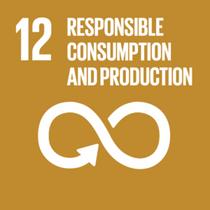




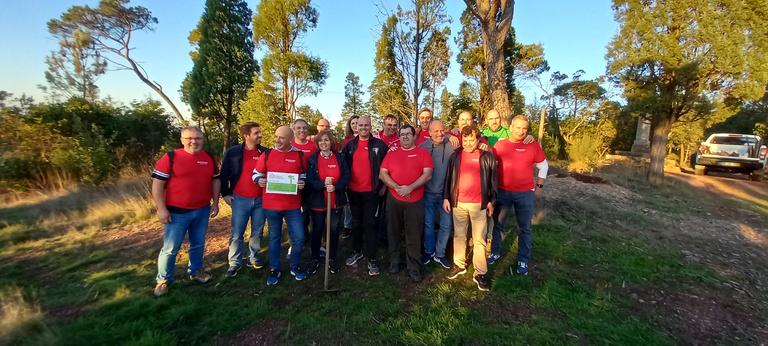
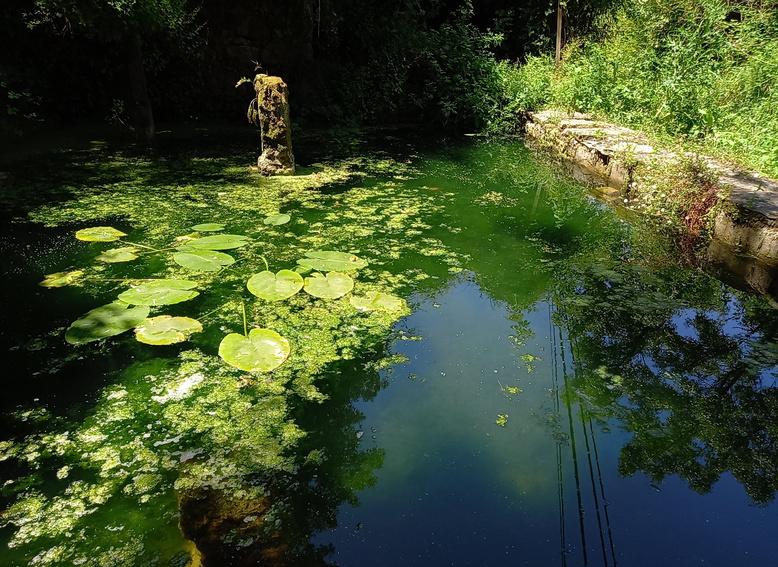




Sustainable business management must include respect for the marine environment and its resources. In this sense, Living Place carried out thefollowingactions:

Tofightforsustainableunderwaterlife: We collaborate to prevent the pollution of the seas,oceansandrivers.
We promote the respectful use of beaches and marineenvironments.


We carry out actions to raise awareness and protectmarineecosystems.

We implement measures such as the prevention of negative impacts or the conservation and restoration of landscapes, biodiversity and geodiversity.

As a strategy and measures related to the preventionofnegativeimpacts:
We act to reduce the impacts of our activity on biodiversity.
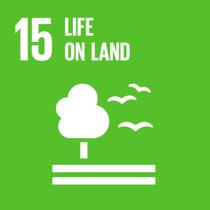
We provide information about the territory's naturalresources.

We strive to prevent the degradation of Earth's ecosystemsandhabitats.
We help maintain native flora and fauna, preventingtheintrusionofinvasivespecies.
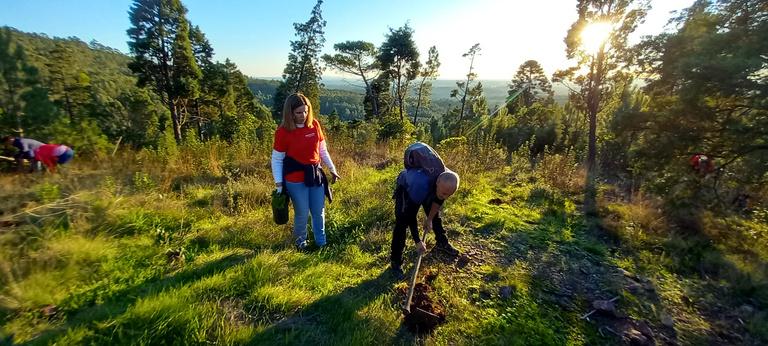
We carry out activities that respect the natural heritage,faunaandfloraoftheplace.




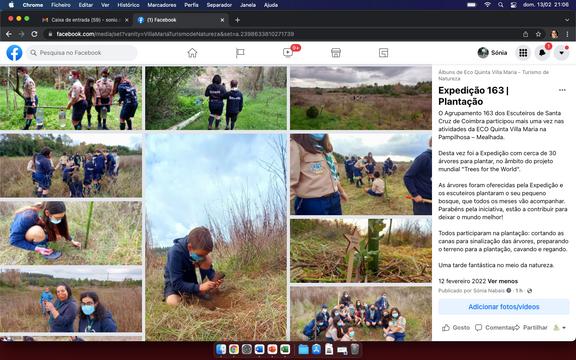




Our approach to Society and Culture sustainability included:
• Establishment of codes of conduct to ensure that human rights are respected in all our actions.
• Investment in social responsibility programs to help local communities.
• Development of training programs to improve employee skill levels.
As a result, we were able to increase the number of qualified employees by 50%, increase the number of social responsibility programs, and reduce the number of complaints for violation of human rights to 0%, as always happened.
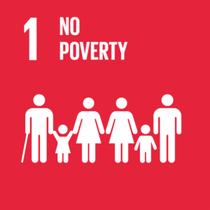




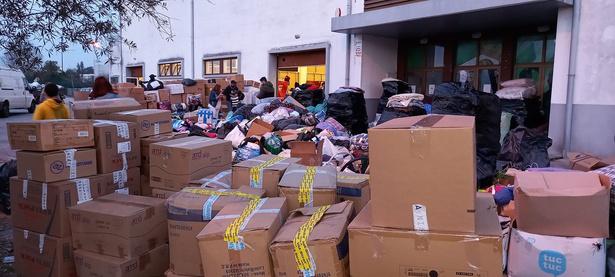
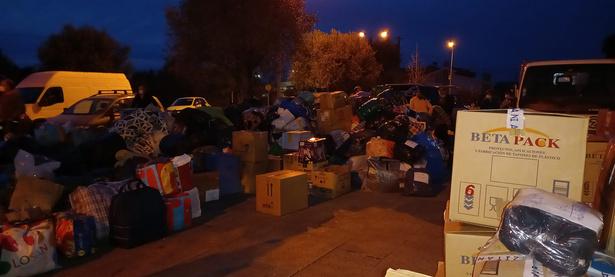
With the aim of promoting inclusive economic development: We promote socio-economic growth in our environment. We collaborate with social programs and projectsinourenvironment.
LivingPlacehasdecidedtostrivetoimprovethe well-being of others through initiatives related toSustainableDevelopmentGoals3.

To promote healthy activities and prevent healthrisks: We collaborate with health systems in favor of collectivehealth. We promote the adoption of healthier lifestyles andhabits. We implement sanitary measures against Covid andotherinfectiouspathologies. We apply security and risk prevention measures.





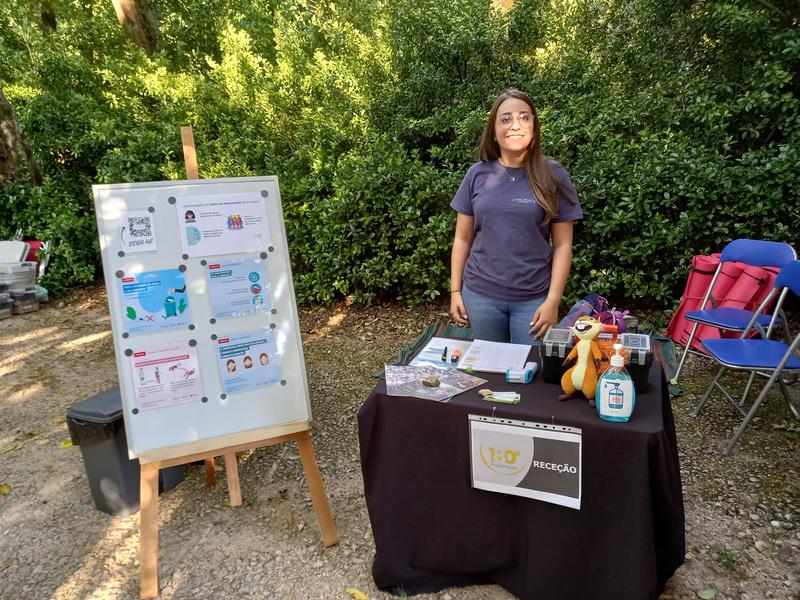
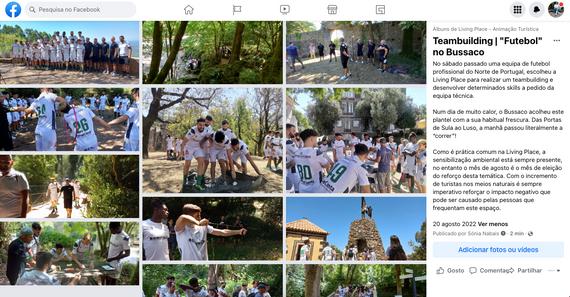
Living Place is adapting to the real needs of its employees, customers and stakeholders, maintaining sustainable development as its mainobjective.


To ensure the existence of inclusive and quality training: We promote knowledge about sustainable development. We participate in the development of educationalprojectsofotherentities. Wecareabouttrainingourteam.



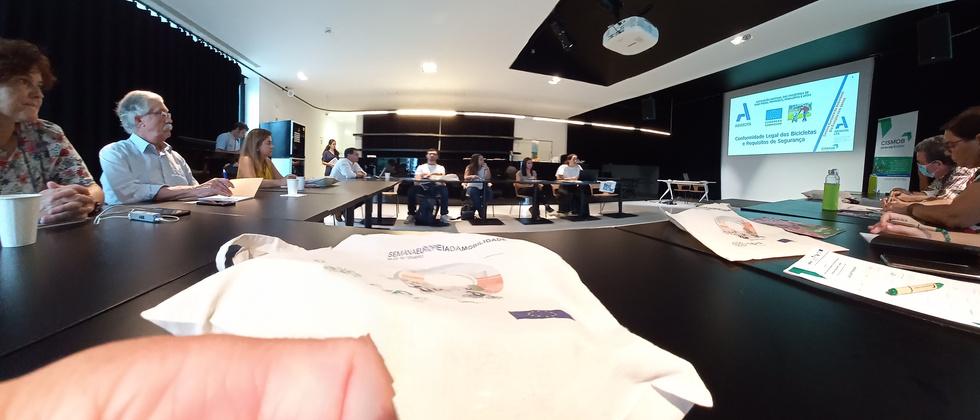



To become a powerful tool for women's empowerment:

We promote work empowerment in our work systems. Weadoptworkmeasuresforgenderequality.

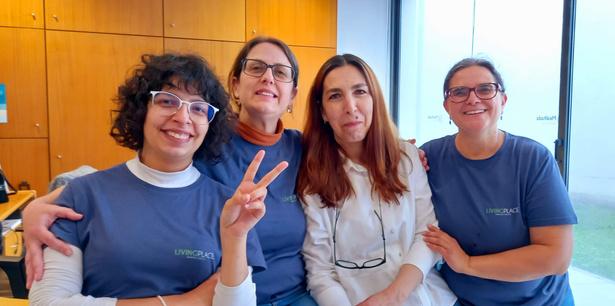




The constant urbanization of environments can generatelong-termproblems,suchasthelossof community memory. To avoid these mistakes and face these challenges, our company decided to: Toavoidtheharmfuleffectsofundercrowding: We provide information and access to affordableandmoresustainabletransport. We promote the conservation of the local culturalandnaturalheritage. We offer information about the local heritage andtraditionsoftheplace. Our offer includes local cultural products and activities.
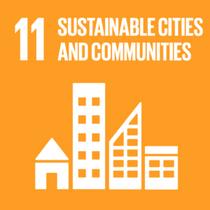





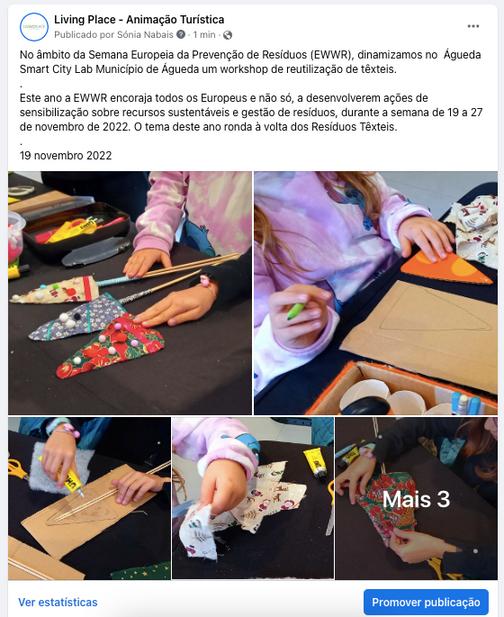

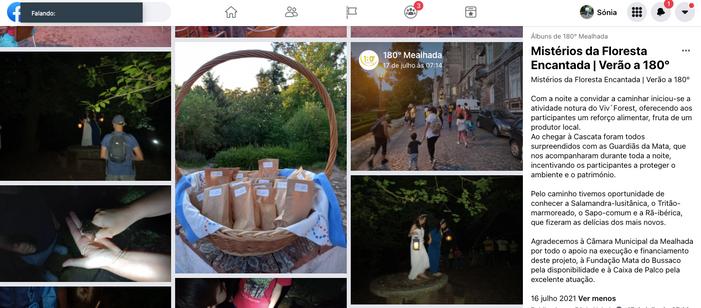

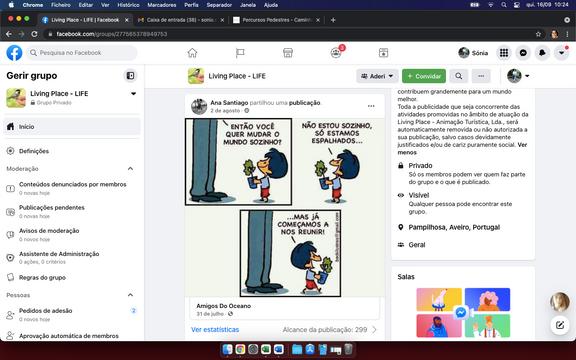
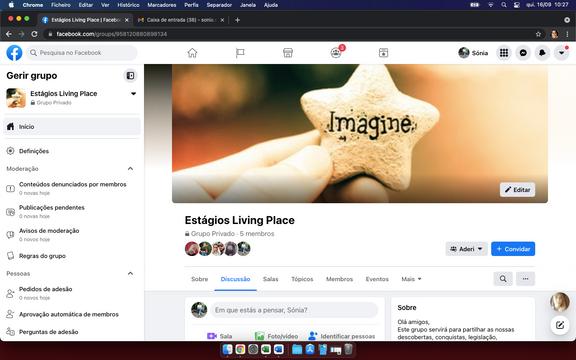



•
As a result, we were able to increase operational efficiency, increase productivity and reduce costs.
To ensure a model of responsible consumption, actionsarecarriedout,suchas:

We prioritize and promote products from local agricultureandKM0. Wetakestepstopreventfoodwaste.





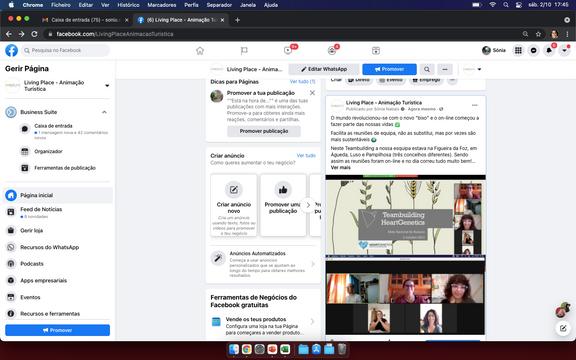




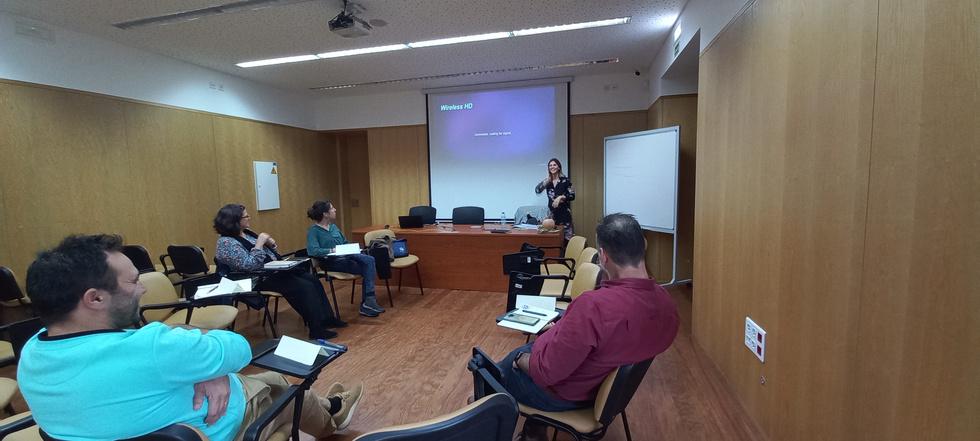


At Living Place, to create decent and productive employment: We encourage innovation and continuous improvementamongouremployees. We offer quality employment, promoting local hiringandtraining.


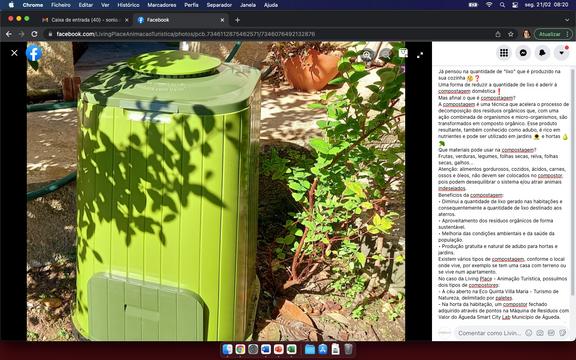

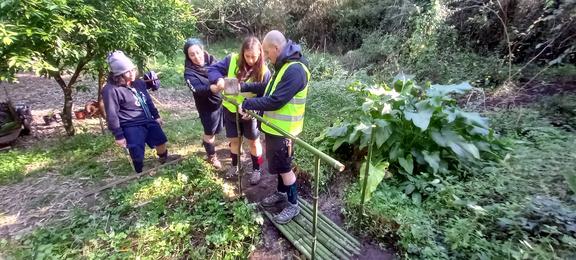

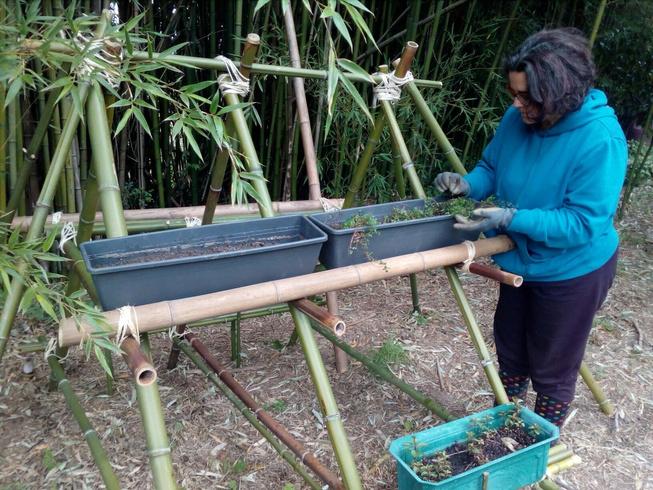
Toincorporateequalitycriteria: We facilitate universal accessibility for our customersandemployees. We support Small and Medium-sized Companies and local companies in the development of our activity.

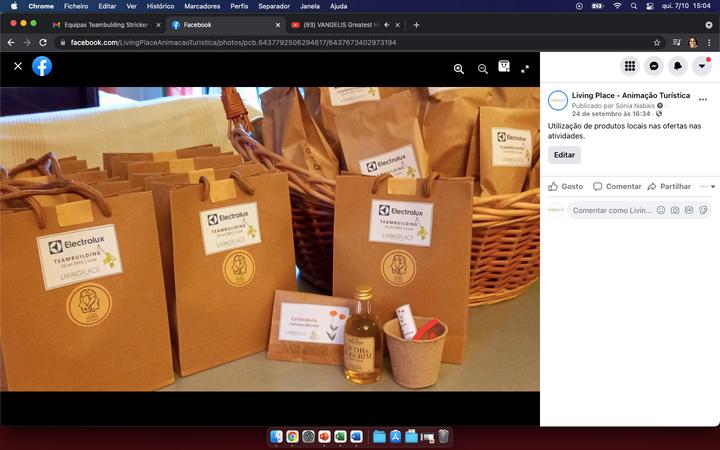
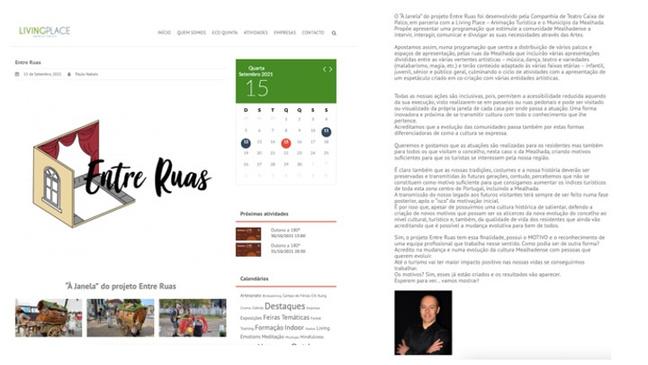






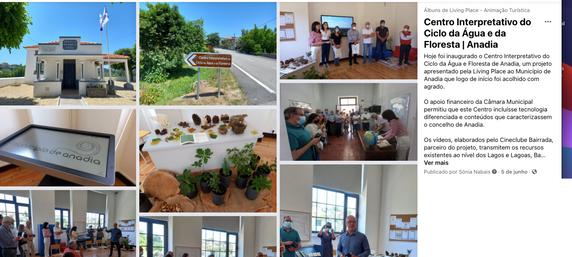

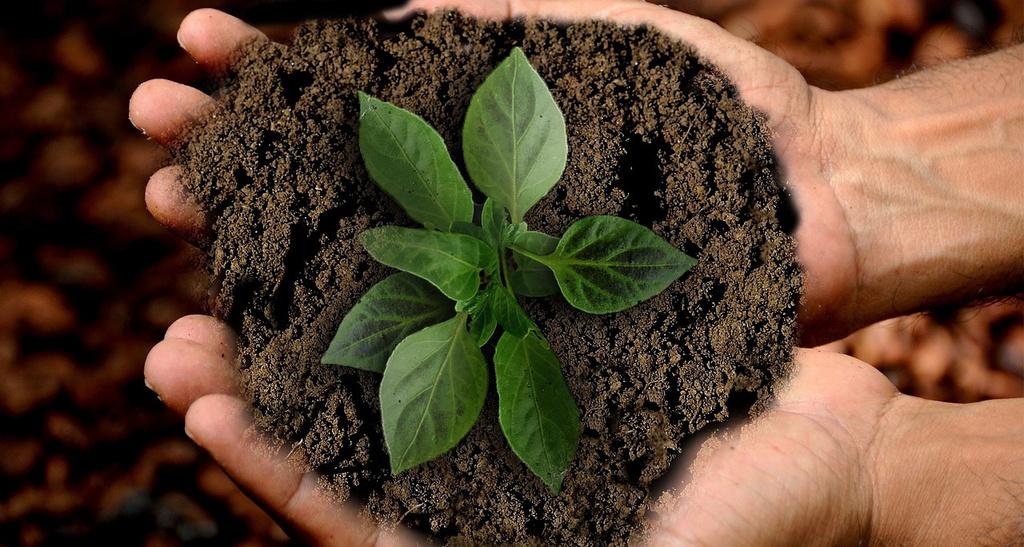


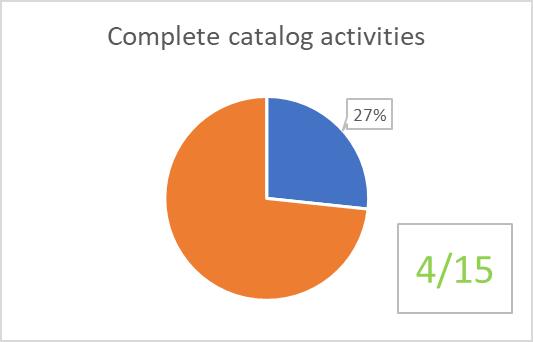


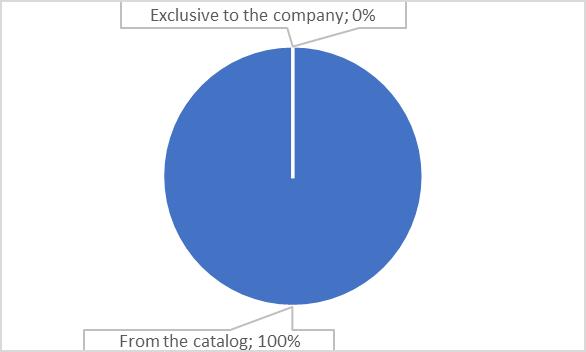

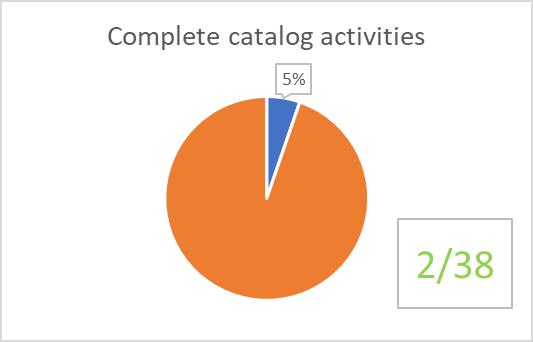









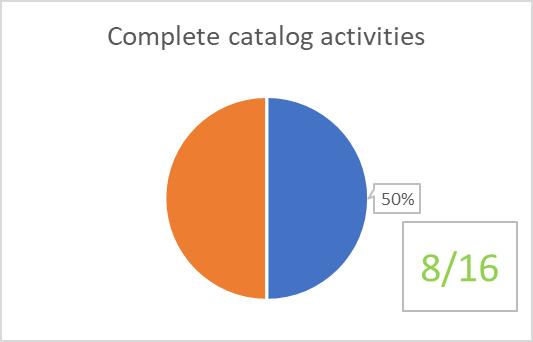
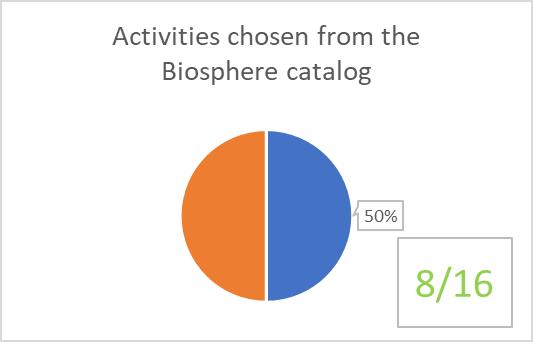








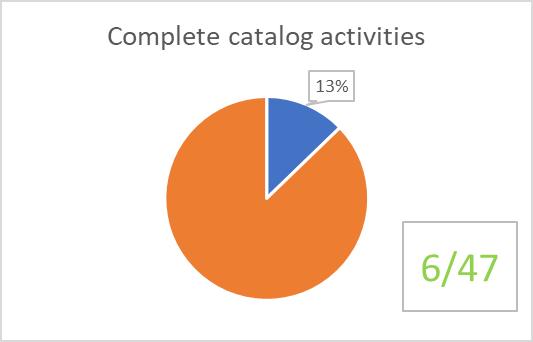





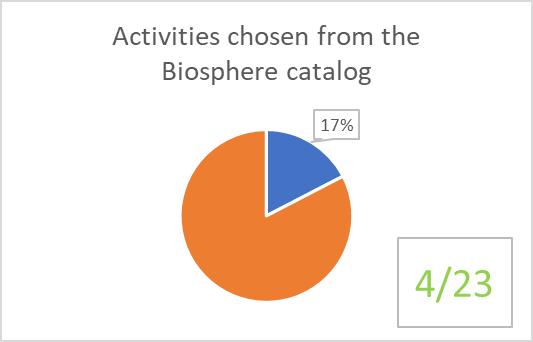





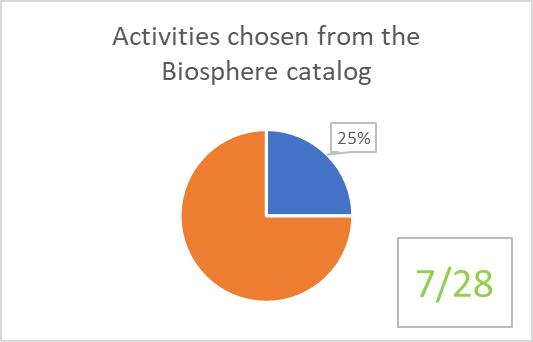


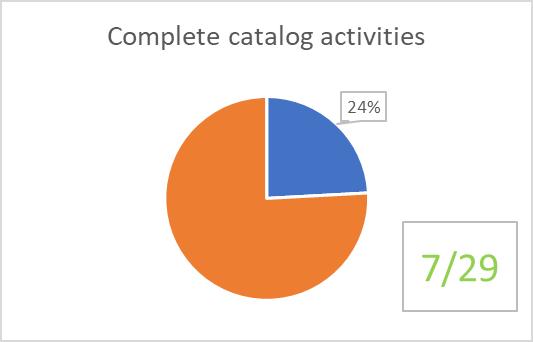











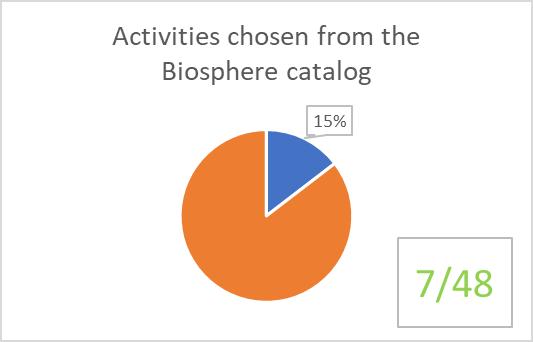








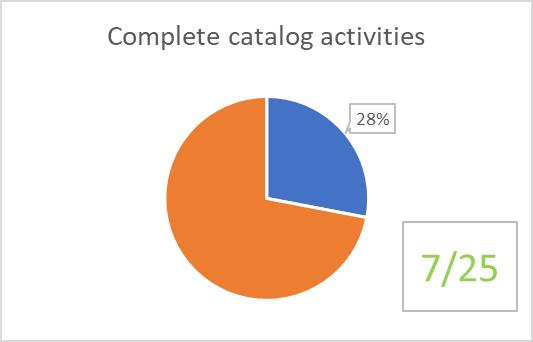




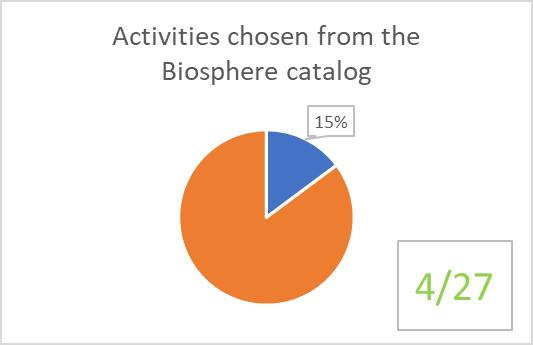









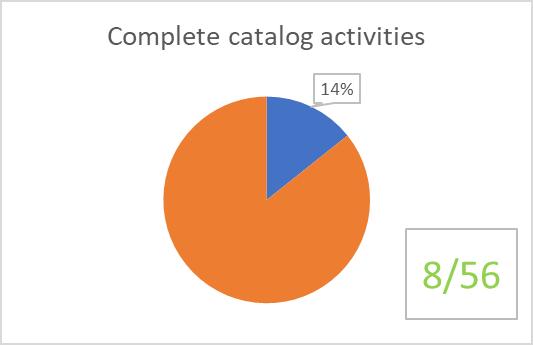




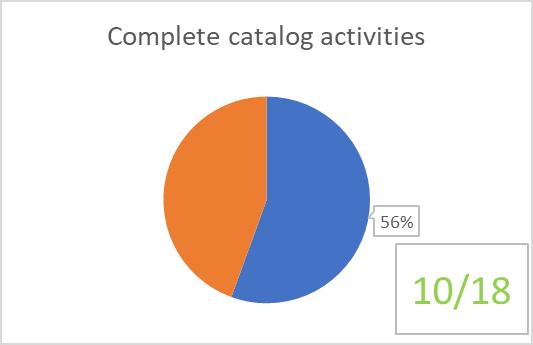
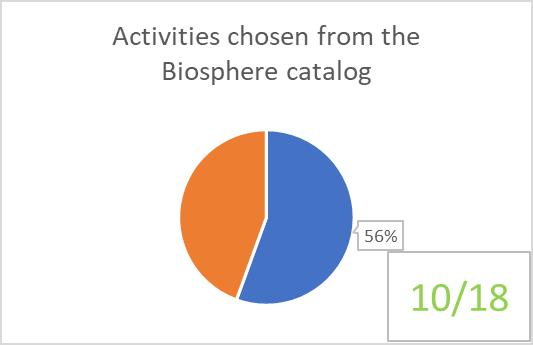



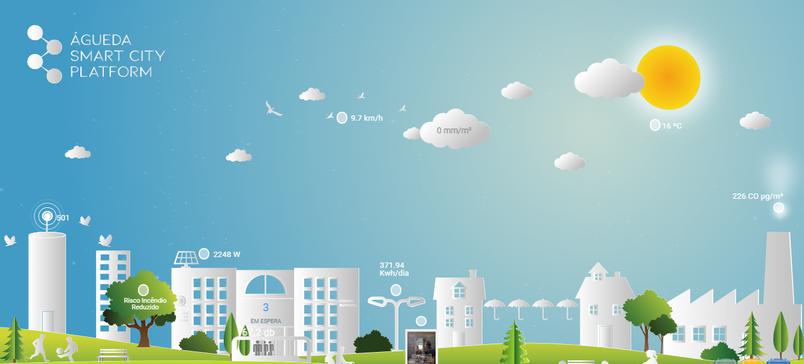
This Águeda Municipality project aims to mobilize the entire Agueda community to, together with the Autarchy and other partners, develop and implement innovative actions that promote the reduction of greenhouse gas emissions and the adoption of measures to mitigate climate change, encompassing four thematic areas: Mobility, Energy, Buildings and Circular Economy and Environment.
This Laboratory has been managed by Living Place since 2020.
Here we briefly explain part of the project that has contributed to achieving the Lab's Objectives and to the statistics in this Living Place sustainability report.
This machine aims to promote the separation and recovery of waste produced, namely packaging of plastic bottles, glass, and cans (up to 2 litres).
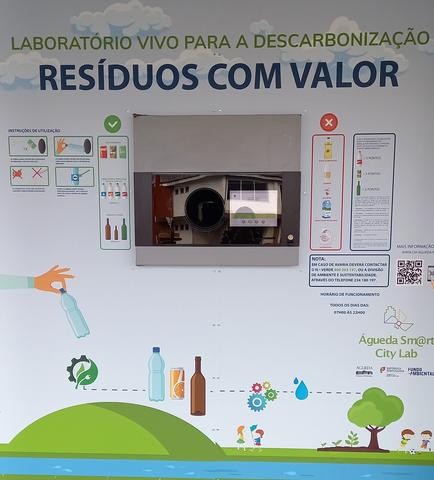
It is a piece of urban furniture that allows access to the Internet and charging, wirelessly or via the USB ports installed on the bench, the batteries of mobile devices.
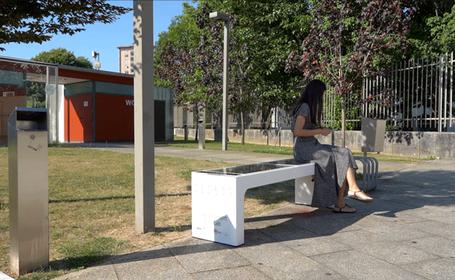
These are two of the projects that have been contributing to these statistics.






In this report, we present the sustainability policies that our company has adopted, as well as the positive results that we have obtained since 2021. These results show that our sustainability practices have been effective and that we are meeting the sustainability goals we have set.
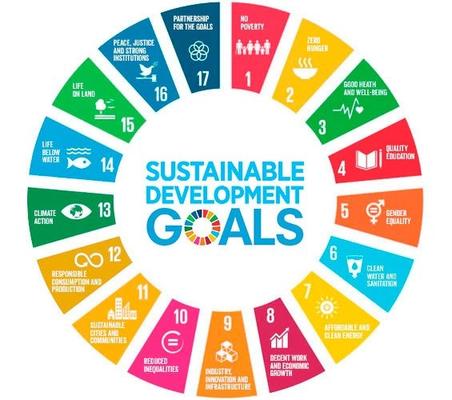
We are proud of the progress we have made in improving the sustainability of our operations and we will continue to work to improve further.